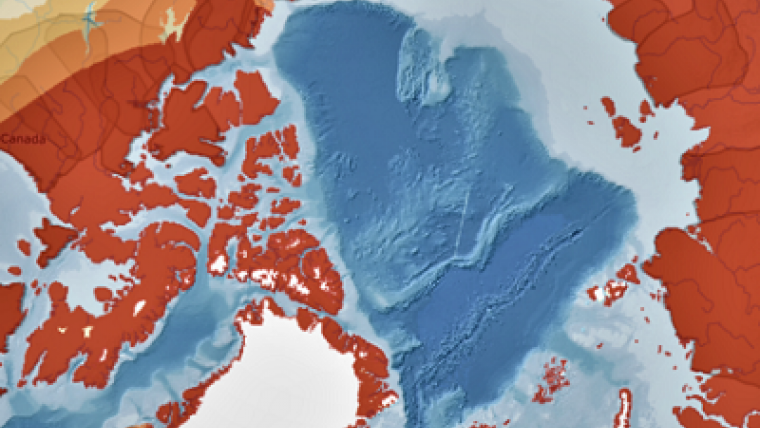Tiny seedlings, mini greenhouses: Going small to answer big questions
In an effort to outpace climate change, scientists are conducting research to discover tree species that can best adapt to shifting environments.
September 2024
With climate zones steadily shifting northward, not all trees can keep up — some species struggle, while others are more resilient. Canada, home to more than 100 tree species, is now the subject of an exciting collaborative research project. The goal is to discover which particular species are more adaptable to these changes and which species might not thrive. The findings could significantly change how forest managers select species for reforestation, ensuring our forests stay robust in changing times.
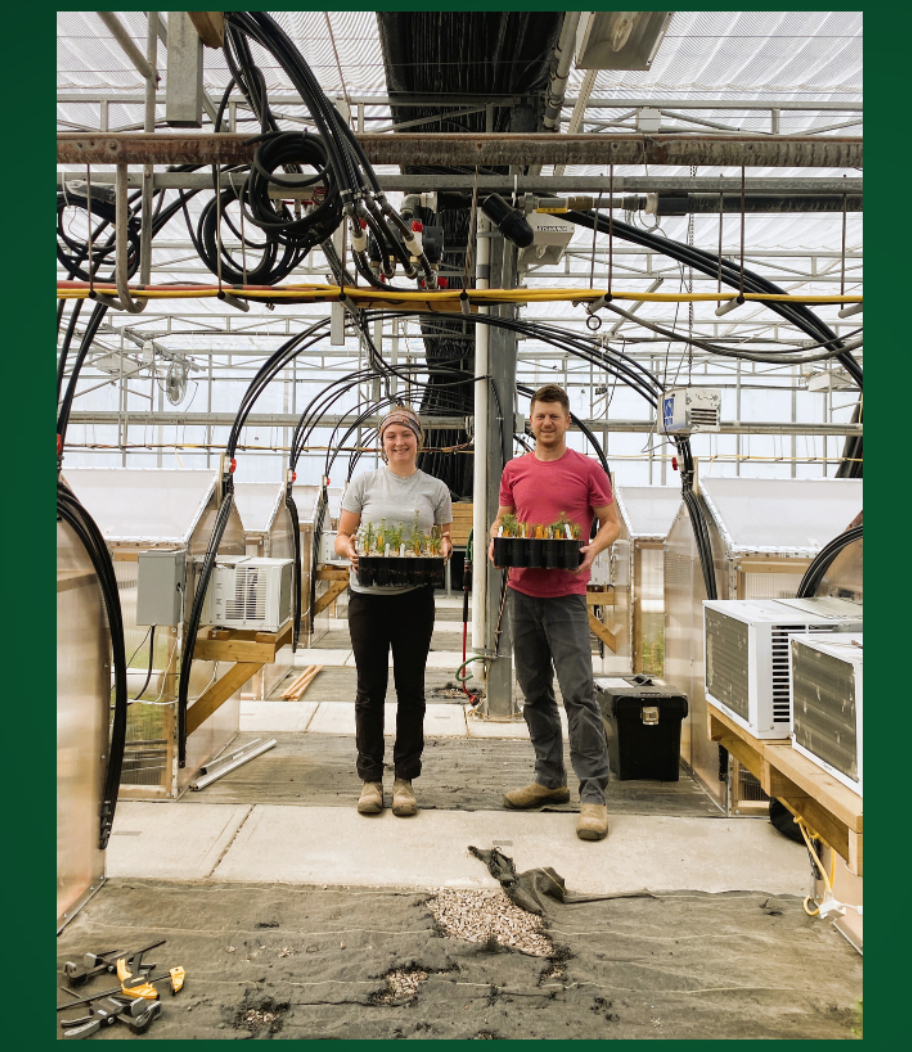
“The most exciting thing about this study is that we are able to witness the real impacts of warming and drought on the physiology of several ecologically important tree species, which will help us understand how projected climate change may change our forests in the future,” says Rob Vaughn, a forest research biologist at the Atlantic Forestry Centre. “What I find most interesting about these kinds of empirical studies is that I get to design manipulative experiments that allow me to see, in real time, the effects of altering one or more environmental factors on the growth and survival of many different tree species.”
How do you replicate a changing climate? Build it yourself!
When faced with the challenge of replicating a changing climate in miniature, Rob had a simple solution: “Build it yourself!” And that’s exactly what he did. He constructed 12 mini greenhouses, called “phytotrons,” designed to replicate different temperatures and soil moisture levels found in nature. The temperature in each phytotron changes automatically throughout each day and is adjusted weekly to match the specific temperature treatment it’s assigned. He even set up an automatic watering system to maintain different soil moisture levels and a lighting system that reflects longer summer days and the shorter days of spring and fall.
With all the technical details now in place and the seedlings safely housed in their protected greenhouses, Rob and Mackenzie Good, a graduate student from the University of New Brunswick, can closely monitor the seedlings. Every couple of days they take measurements and keep a watchful eye on survival rates, bud development, leaf and needle damage and growth rates.
“We’re preparing to do our final measurements and prepare the seedlings for the winter,” says Mackenzie. “We’re now seeing much more mortality in the warmer, drier treatments; however, the best is certainly yet to come when we look at our data over the fall and winter.”

Measuring species’ adaptation to climate change
While some tree species can naturally migrate up to about two hundred metres per year through seed dispersal, the climate conditions they thrive in may shift northward by several thousand metres annually. But what happens if the rate of climate change outpaces a species’ ability to adapt?
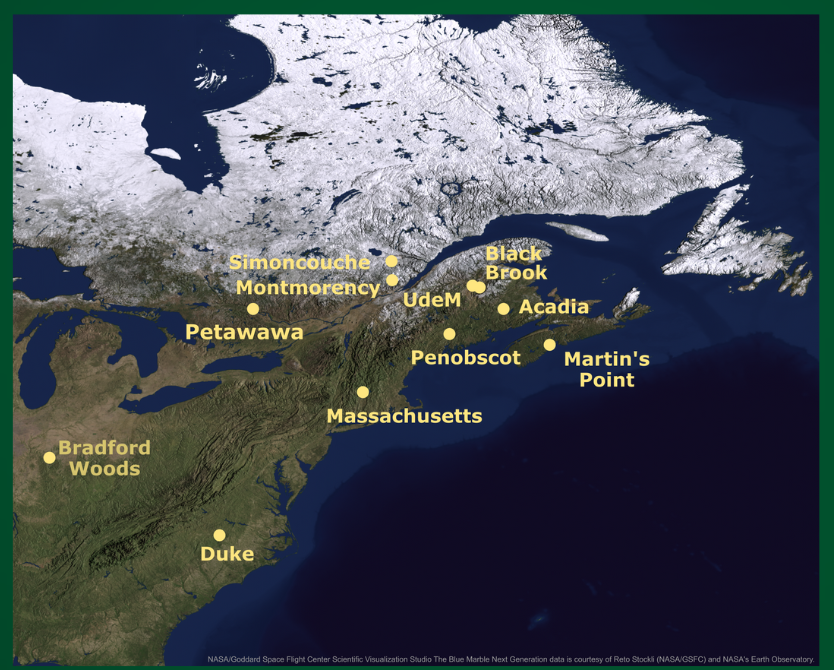
That question adds urgency to this collaboration with a team from Laval University and the University of New Brunswick led by Loïc D’Orangeville. When researchers study species outside their natural environment, as Rob and Mackenzie are doing, it’s called ex-situ research. Meanwhile, Loïc is conducting the in-situ part of the study by examining trees and their growth rate in their natural habitats. He’s working with a network of 11 experimental tree plantations in Canada and the United States, focusing on key northeastern tree species. Rob and his team meanwhile, have replicated five of the plantation climates with two phytotrons per temperature treatment. As well, there are another two phytotrons in an extra treatment that reaches 39°C in July so they can study the effects of heatwave events.
The overall goal of the studies is to monitor how trees might respond to future warming, with a particular focus on health and survival across species and populations, and to study leaf and growth phenology, which is the timing of biological life cycles and their response to seasonal and climatic variations.
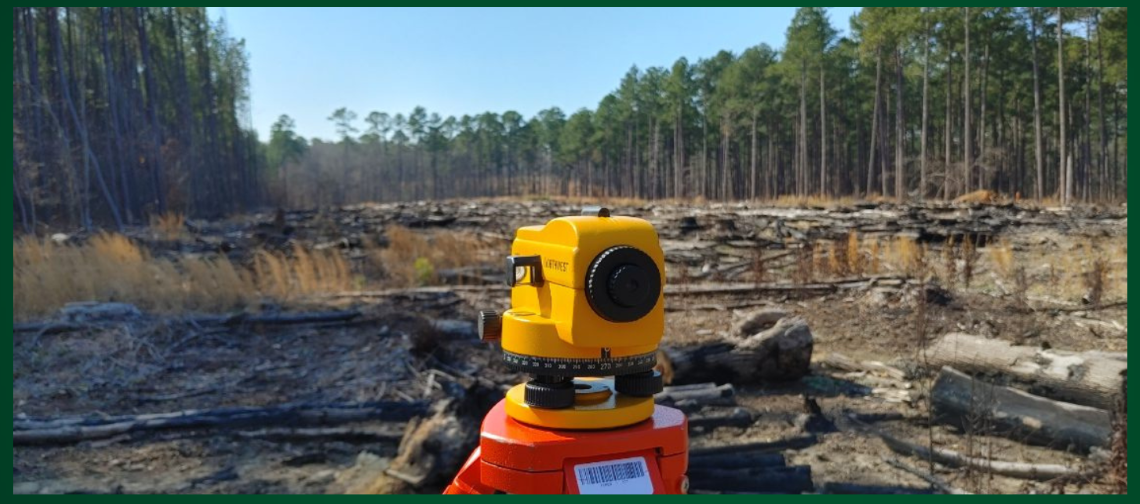
Planting seeds, measuring trees
At each site, seedlings are planted from carefully selected populations of 10 boreal and temperate species from known seed lots in various regions covering each species distribution range. For instance, there are red maple seeds from New Brunswick, Nova Scotia, Ontario, North Carolina, Tennessee and Vermont. The plantings include six populations for each species. Testing 60 different genetic variations enables scientists to compare not only individual species but also populations within a species to inform adaptive management and assisted migration programs. This approach helps address such questions as whether it would be worth importing white pine from New England if the local white pine grows just as well? The ex-situ experiment is using the same stock but only focusing on a subset of those species, including balsam fir, white pine and red, white and black spruce.
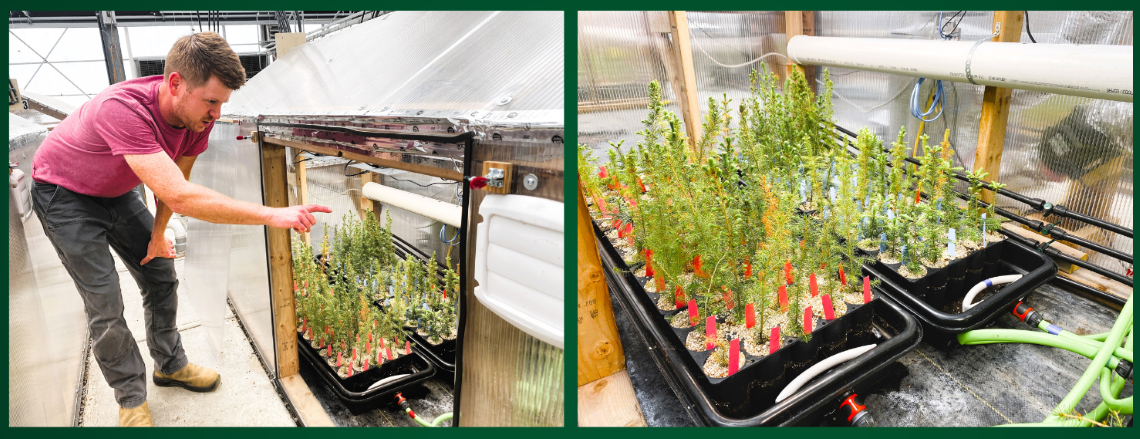
Mirroring Loïc’s in-situ study in the greenhouse is exciting for several reasons. For one thing, it’s a much more controlled environment as the weather conditions can be managed with no threat from rogue storms or wildlife. “Having an ex-situ study gives us the freedom to look at the seedlings at a much closer level,” explains Mackenzie. “We’re able to conduct more measurements that are not possible or that would be much more difficult if they were done in the field.” For instance, it’s easier to take measurements for chlorophyll fluorescence and gas exchange in the greenhouse. And the results can shed light on the possible results from the in-situ study.
Understanding tree sensitivity to climate change
We already know that trees are highly sensitive to climate. For example, drought has severely impacted aspens in the southern boreal forests of Alberta and Saskatchewan. Warmer conditions can also create ideal environments for pests to flourish, as seen with the mountain pine beetle infestation that devasted pines in British Columbia.
While trees can migrate slowly through seed dispersal, there’s an urgent need to outpace the shifting climate zones so our forests can thrive. One of the key goals is to identify more resilient genotypes to support reforestation programs as part of assisted migration.
The findings from this study could provide valuable insights for decision-makers focused on reforestation and adaptive forest management. In essence, this research could deepen our knowledge of how to make our forests even more robust: healthy forests mean happy trees, which benefit our lives in countless ways.
So, take a walk through a forest in your community this week and appreciate the great gift they offer. To discover more groundbreaking science from Natural Resources Canada, click on the links below.
Explore:
More about Rob Vaughn on ResearchGate
Forest Change adaptation tools
TransX – The transborder climate experiment
Assisted migration and forests
Page details
- Date modified:


